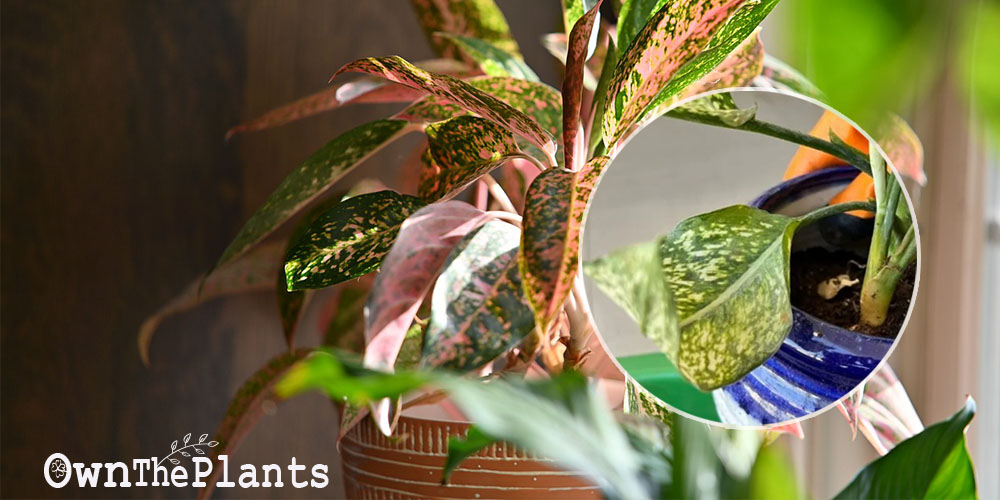Have you ever wondered why the dazzling leaves of your Chinese Evergreen plants curl, even though you give them the love and care they need?
You’re in for a treat in this article because we will show you the most probable causes as to why this happens. And of course, we will also show you how to fix it.
You can’t really brag about the beautiful foliage to your friends if they’re all curled up, can you?
Read more to know the reasons behind the curling of your eye-catching plants and some steps you can take to avoid them from doing so.
Getting To Know Chinese Evergreens
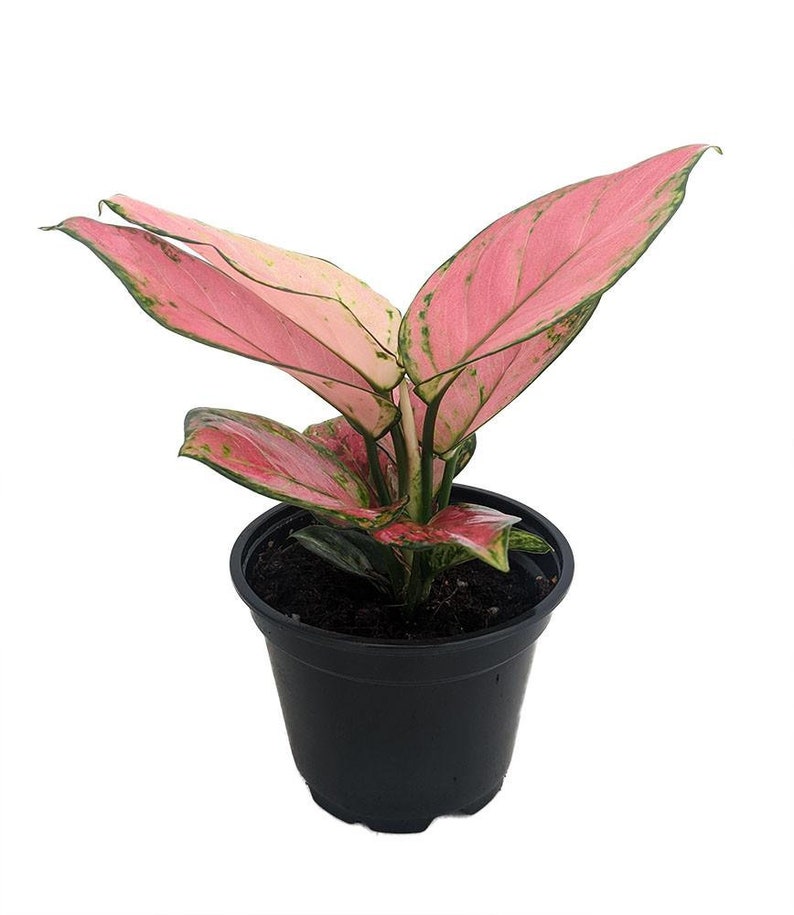
Aglaonemas, also popularly known as Chinese Evergreens, are common indoor plants often found in homes and offices.
This is due to their low-maintenance growth and their ability to thrive in low-light conditions, such as indoors.
Aside from their modest maintenance, Chinese Evergreens also come in different varieties, all with varying foliage shapes and patterns. Hundreds of Aglaonema varieties are available in the market in red, green, and silver colors.
However, with their tolerance to minimal light and utter neglect, Aglaonemas are still prone to having wavy and curling leaves.
But worry not! There are several causes as to why this happens. Once you know why, you can surely nourish your plant back to good health.
Why Are My Chinese Evergreen Plants Curling Their Leaves?
The curling of your Chinese Evergreen leaves can be attributed to many reasons. It can be due to improper watering problems, overwatering, underwatering, or the water quality. Misuse of fertilizer, temperature, humidity, light, pests, diseases and even the age of your plant can also be possible reasons, among others.
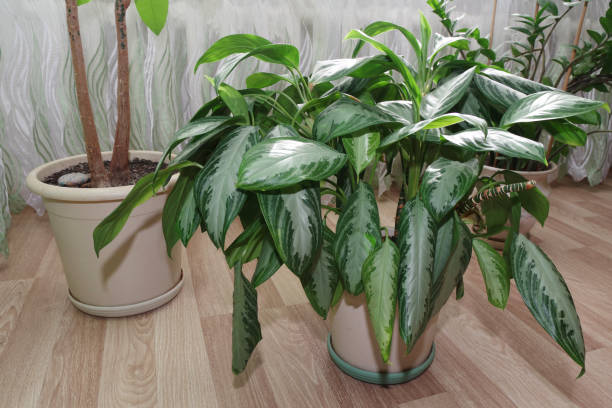
Watering Problems
In general, watering is a make or break for plant parents. It will surely make any plant flourish when done in a proper schedule and quantity.
However, when untimely or underly/overly done, there will be no good that it will do to your plants.
For Chinese Evergreens, curled leaves can be a symptom of improper watering. However, it would be tricky to determine whether or not the culprit is under or overwatering. This is due to the fact that they somehow produce similar symptoms to plants.
Overwatering
If you suspect that overwatering is the cause, try to look for these other symptoms. Yellow leaves and subsequent leaf loss are early signs.
If you notice these paired with the curling of leaves, then surely, overwatering is the culprit.
With overwatering, it is imperative that you check your plant for root rotting. Unpot your plant. You should find firm and pale roots with an earthy smell.
Rotted roots are mushy, dark, and have a certain foul smell. Trim these rotted roots at once and rectify your watering.
Underwatering
In general, an under-watered plant is very easy to identify. When the soil gets too cracky and dry, the leaves will definitely become crispy, curl and then wilt.
Leaves that dried out completely have no chance of recovery. If they’re still soft, they will perk up again once they are watered.
If you suspect the curling of your Chinese Evergreen is due to underwatering, you should bottom-water your plant. This is done by letting your plant sit in a water reservoir and soak up water thoroughly. Remember to not let your plant get oversoaked.
You can also do top-watering. However, you must water slowly and gradually to make sure that the water goes thoroughly at the bottom without soaking your plant.
Water Quality
This is not a common cause of leaf curling to your Chinese evergreen since they are not usually sensitive to water purity.
However, when tap water is contaminated with chemicals or minerals in high amounts, leaf curling is bound to happen.
Dechlorinate your tapwater first if you suspect this is the cause. You can also switch to a more purified water source such as rainwater, spring water, or filtered water.
Humidity Problems
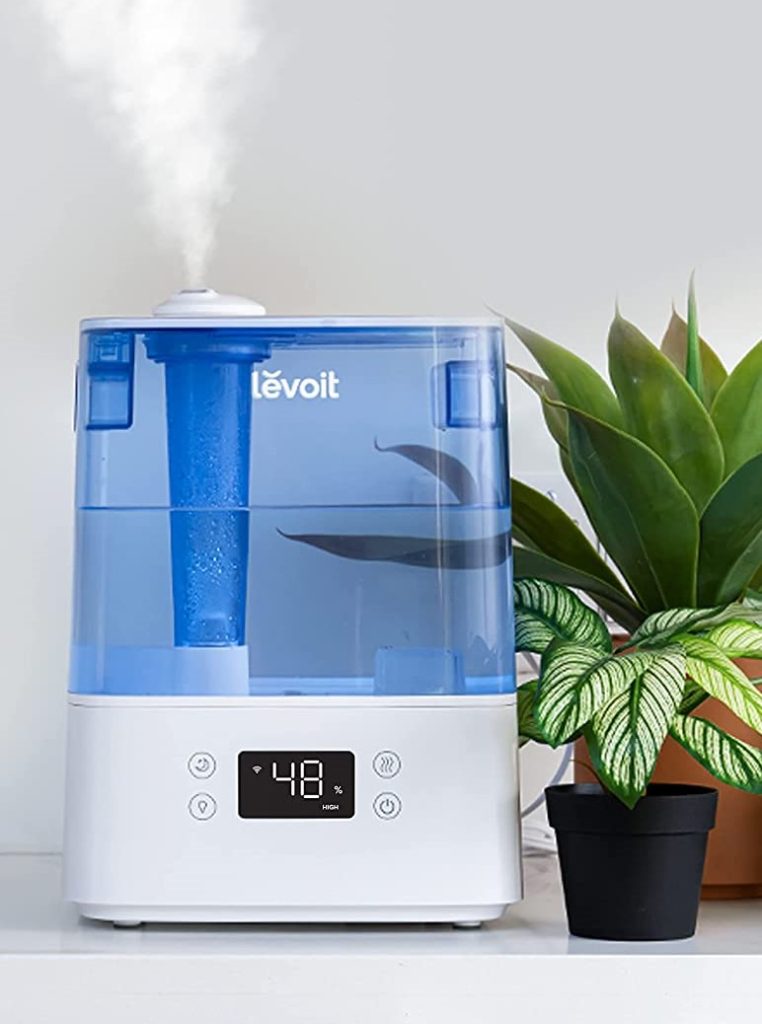
Even though Chinese Evergreens are hardy plants that could tolerate low humidity, persistent dry air can still make their leaves curl. It could even make their leaves droop and grow very slowly.
To fix this problem, increase the humidity level around your plant. You can achieve high humidity by grouping your plants together or putting trays with water near your plants. You can also set your plant pot on a tray filled with water and pebbles.
If symptoms still persist, consider buying a humidifier to help provide humidity, especially over dry and cold months.
Light Problems
Chinese Evergreens are known to tolerate low light conditions. Their problem with light is mainly caused by too much direct light.
Exposure to direct sunlight will surely result in leaf curling, and in worst conditions, leaf burns.
To fix this problem, move the plant to a different location that is still bright but out of direct exposure to the sun.
When grown indoors, a sheer curtain can help block harmful sun rays. They can also grow well under artificial lights, just don’t place them directly underneath.
Once you rectify the light situation, you will see that the leaves of your plant will slowly improve.
Assessing your light conditions are very important, especially for your indoor plants. Make sure to know what your plants need and how you can meet them.
Fertilization Problems
Overfertilization
Your Aglaonemas are not known as heavy feeders. In fact, they can flourish without added nutrients, given that their soil is already rich in organic matter. The problem with nutrition is usually because of overfeeding.
When there is too much fertilizer in the soil, there is a buildup of residual salts that penetrates the soil and, in consequence, damages the roots.
This often results in your Chinese Evergreen having curled leaves and brown spots on its foliage surface.
To prevent this from happening, always dilute your fertilizer to half the recommended concentration and apply once or twice only during your plant’s growing season, which is usually summer and spring. Avoid fertilizing in the winter season.
If you suspect overfertilization is the culprit, flush the soil with water. Let the excess water flow and out through the drainage holes. Do this several times until residual buildups are completely flushed out.
Underfertilization
Although unlikely, there is still a possibility that your Chinese Evergreen can get underfed, hence the leaf curling.
Lack of nutrition will make your plant have crispy and curly edges. A proper fertilization schedule will rectify this problem.
If you suspect your plant is under-fertilized, observe your fertilization schedule. With this, also check your soil pH.
A slightly acidic growing soil allows maximum absorption of nutrients by your Aglaonemas. An alkaline soil inhibits the absorption of nutrients by the plant.
Temperature Problems
Since Chinese Evergreens are tropical plants, they are somewhat fussy to extreme temperatures.
The change in temperatures is manifested by leaf curling and dark spots on leaves. This could show up in just a week of exposure to a different environment.
The ideal temperature range of Aglaonemas is between 70°F to 80°F. When temperatures go down below 60°F, the plant is in danger. Drafts, may it be hot or cold, can damage your Chinese Evergreen.
However, there are varieties of Aglaonemas that can withstand colder temperatures. If you are in cold regions, try the fresh hybrids such as “Jewel of India”, “Stars”, and “Emerald Star”. They are bred to withstand the chilly environment.
On the other hand, avoid getting the “Silver Queen” variety, as this is one of the most susceptible to cold.
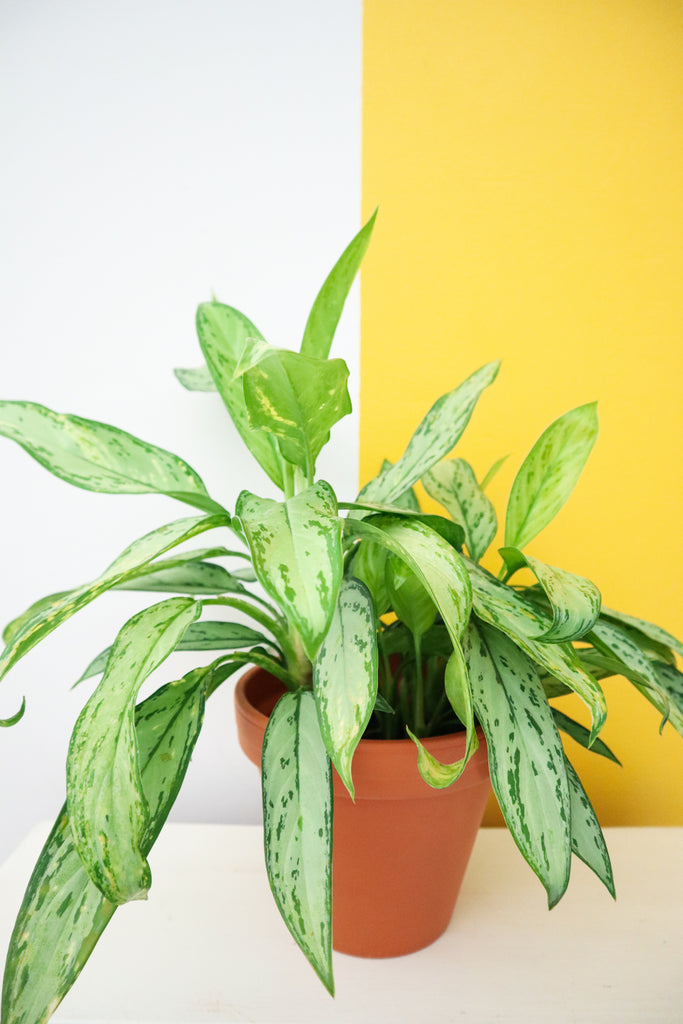
Pests Problems
Insect infestation can result in leaf curling, mottled spotting, and misshapen plant growth. Your Chinese Evergreen is susceptible to pest damage, hence it is common to encounter this problem. The good thing is that this problem is easy to mitigate.
The common pests of Chinese Evergreens are spider mites, aphids, scales, and mealybugs.
You can check if there is an infestation using a magnifying glass, or just even your naked eyed. Check under leaves and between plant nodes.
If confirmed, mitigate your pest problem by treating insecticidal soaps or neem oils, or other available horticultural oils.
Diatomaceous earth or spraying of diluted alcohol spray is also proven to be effective and safe in combatting these pests.
Since pests are a common plant problem, it can be helpful to check your plant routinely whenever possible. It is always easier to solve this problem if they are caught early.
Diseases Problems
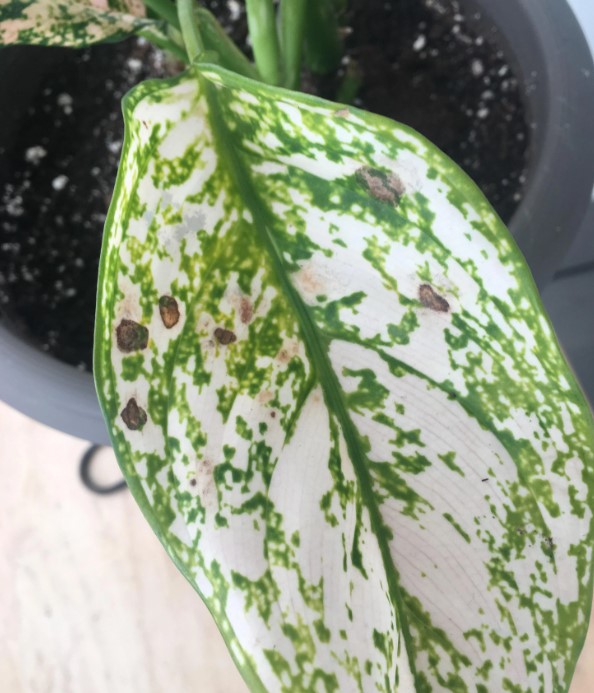
Even though Chinese Evergreens love moist conditions, there is also a problem when it is not regulated properly.
Fungi and other disease-causing microorganisms thrive best in moist conditions, thus, this environment encourages diseases in plants.
Chinese Evergreens are not resistant to fungi, viral, or bacterial infections. Most symptoms include leaf wilting, curling, and yellowing. Often, dark spots with yellowish halo are observed in the leaves of infected plants.
To mitigate this problem, isolate the affected plant and dispose of the affected parts to prevent the further spread of diseases.
Make sure to keep your plants stress-free as they fight the disease. Apply commercially available fungicides for treatment.
Since fungicides are not always completely effective, the best way to combat this problem is by keeping your plants healthy and making sure the environment is optimum for the plant.
Age
Sometimes, the curling of the leaves is not really a problem at all. It can be that this leaf has already aged, thus the curling.
This usually occurs in the lower, older foliage. There is no need for concern if the curling is due to a retired old leaf.
Final Thoughts
Aglaonemas’ elegant leaves may be wavy, depending on the variety, but abrupt curling can definitely be a signal of bad disposition.
This can be due to environmental factors such as light, temperature, humidity, and water, or mainly due to improper care and attention.
Should it cause a serious alarm? Not really. This problem is easy to solve. If you take the time to go to the bottom of the problem, you can surely fix the curling of your Chinese Evergreen leaves.
Remember that in caring for plants, you can never get away with these problems. All you need to do is learn how to properly take care of your plants and listen to them. They have their own ways of letting you know what they need.
Let us know if you have more questions about your Aglaonemas, by commenting down below. We definitely love to hear from you!
